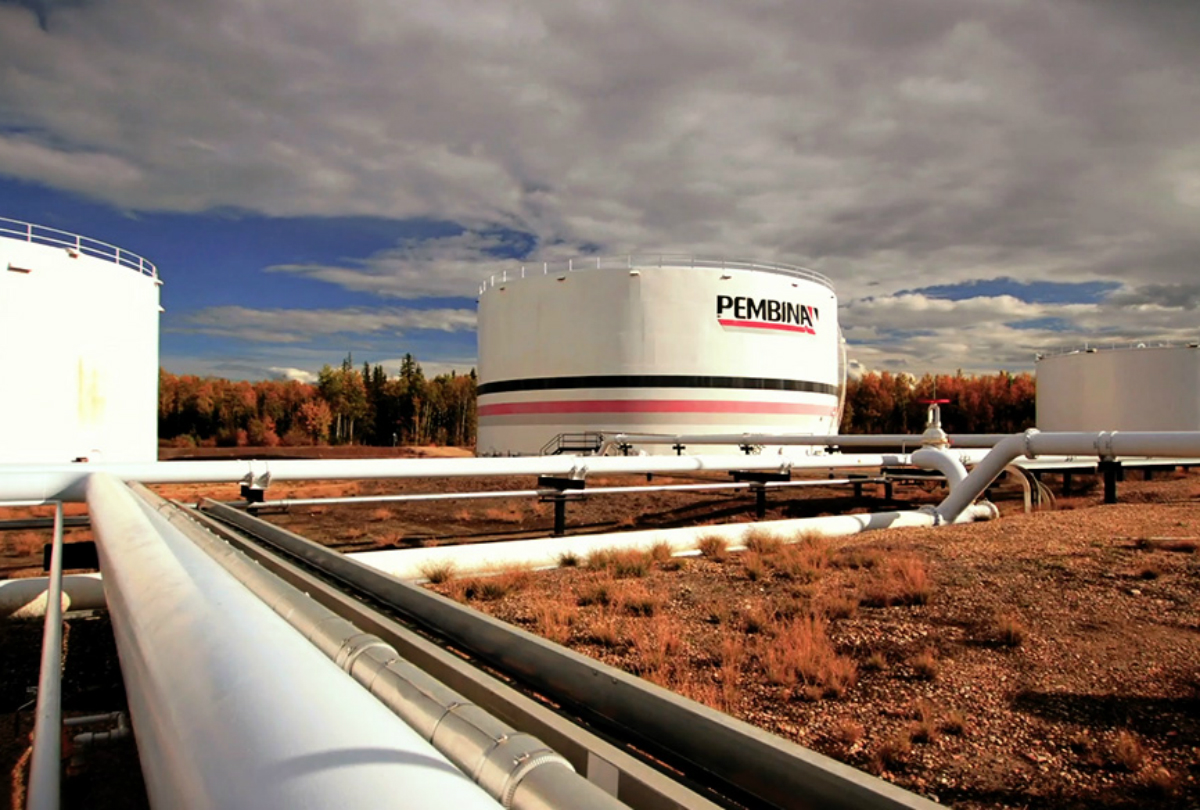Miners are unlocking the potential of AI in their operations by taking advantage of new digital infrastructure.
Mining is on the cusp of a new industrial revolution. The team at Vocus has witnessed firsthand how artificial intelligence (AI) and cutting-edge connectivity are transforming mineral-rich regions.
The fusion of AI, high-speed networks, and edge computing isn’t just enhancing existing operations – it’s redefining what’s possible.
Australian mining has always been at the forefront of innovation, with the world’s largest fleet of autonomous haul trucks. But to fully capitalise on AI’s potential, miners have been telling Vocus they need digital infrastructure that rivals metros like Singapore or Sydney.
That’s why Vocus is investing heavily in expanding its fibre network well beyond traditional areas served by telcos in inner cities and intercapital routes.
Why is this so important? Because in mining, milliseconds matter. When sensors collect data, AI models analyse it, and decisions are issued to autonomous equipment, speed is critical.
Minimising the distance that data needs to travel is important. It could take more than four times longer to send data over to the east coast of Australia than a data centre close to a mine, or 10 times longer if the data has to be sent all the way to the US, where most of the world’s big AI models are still being trained.
It might sound like fractions of a second might not make much of a difference, but when multiplied by millions of packets of data being sent every hour, it can have very tangible impacts on mine production. Delays in data transfer can translate to autonomous vehicles hauling less volume every day. It can also mean safety of workers is put at risk if feedback from sensors isn’t processed fast enough.
That’s where edge computing comes in.
NEXTDC is building world-class data centres in the mining hubs of Port Hedland and Newman, bringing processing power close to mine sites. This enables real-time data analysis and decision-making that simply wasn’t possible before.
With AI and advanced connectivity, miners can predict equipment failures before they occur, optimise complex processes through digital twins – complete digital replicas of mine sites, and make every decision – from extraction to environmental management – based on real-time data analysis.
Vocus is also extending these capabilities beyond established mining centres.
The latest generation low earth orbit (LEO) satellite technology can provide high-speed connectivity in the remotest areas, with performance rivalling fibre.
This means an exploration camp 500km into the Great Sandy Desert can have the same broadband as a Hilton Hotel. It’s a game-changer for remote operations, enabling everything from real-time data analysis to high-quality video transfer to mining engineers at head office, even from the most isolated locations.
Vocus is also helping miners blanket vast mines with secure wireless connectivity. The company is building a new Private 4G network for Mineral Resources’ (MinRes) Onslow iron ore project in the Pilbara.
This network will cover both the mine site and a 150km private haul road, enabling 330-tonne jumbo road trains to operate autonomously.
Private 4G and 5G networks offer significant advantages over traditional Wi-Fi in industrial settings. They provide better coverage, more reliable handoffs between towers, and the ability to prioritise critical applications.
While Wi-Fi might struggle to cover 2km reliably, and can be subject to signal interference, a mobile network can easily blanket an area of over 500 square kilometres with thousands of devices, operating in secure licensed radio spectrums where interference is uncommon.
As Vocus builds this digital infrastructure, security is paramount.Vocus is an Australian-based, Australian-backed company, keeping sensitive data onshore, operating facilities with security-cleared Australian personnel, and even providing physically separated network topology for classified workloads.
The convergence of high-speed fibre, edge computing, LEO satellites, and private mobile networks promises to unlock unprecedented productivity, efficiency, and sustainability benefits.
Mining has always been the engine room of the Australian economy. Now, it’s poised to become the global example the world looks to as a leading innovator in resources and clean energy.
The future of mining will be shaped as much by the data streams and satellite beams above the ground as by the resources beneath it. This digital revolution isn’t just about improving existing processes – it’s about reimagining what’s possible in mining and resource extraction.
This feature appeared in the August 2024 issue of Australian Mining.




